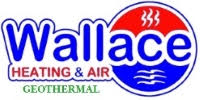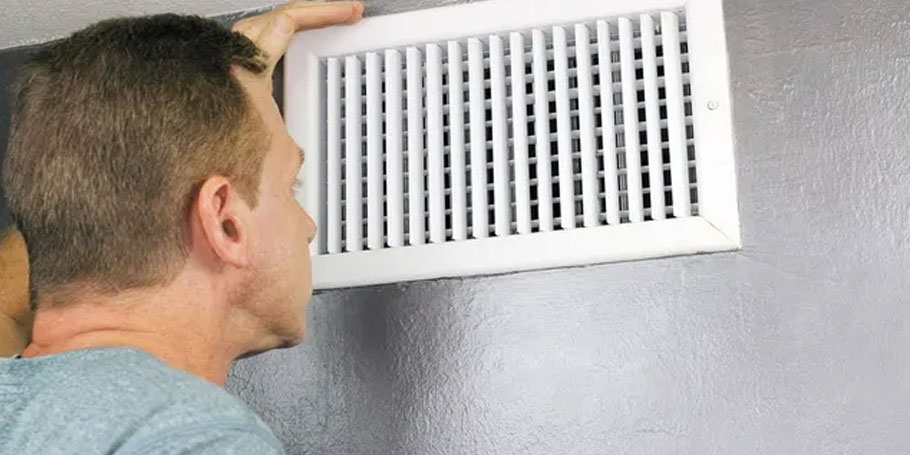Air circulation is crucial for maintaining a comfortable and healthy indoor environment in both homes and businesses. Poor air circulation can lead to a variety of issues, including stuffiness, humidity problems, and even health concerns due to stagnant air and potential buildup of pollutants. Fortunately, there are several effective strategies to improve air circulation and enhance the overall quality of indoor air.
Identifying the Problem: Before implementing solutions, it’s important to identify the root causes of poor air circulation. Common culprits include blocked vents, improper HVAC system settings, insufficient ventilation, and obstacles obstructing airflow. By addressing these underlying issues, you can significantly improve air circulation throughout your space.
- Keep Vents and Registers Clear: Blocked vents and registers hinder the flow of air from your HVAC system, resulting in uneven temperature distribution and reduced air quality. Regularly check vents and registers to ensure they are free from obstructions such as furniture, curtains, or debris. Additionally, vacuuming or dusting these areas can help remove accumulated dirt and dust that may impede airflow.
- Optimize HVAC System Settings: Properly configuring your heating, ventilation, and air conditioning (HVAC) system is essential for optimal air circulation. Adjust thermostat settings to maintain consistent temperatures throughout your home or business. Consider using ceiling fans to help distribute air more effectively, especially during warmer months. Additionally, scheduling routine HVAC maintenance can improve system efficiency and airflow.
- Enhance Natural Ventilation: Incorporating natural ventilation methods can significantly improve air circulation and reduce reliance on mechanical systems. Open windows and doors strategically to promote cross-ventilation, allowing fresh air to flow freely through your space. Installing adjustable vents or louvers can also help regulate airflow and prevent drafts.
- Use Fans and Air Purifiers: Strategically placing fans throughout your home or business can help promote air movement and circulation. Ceiling fans, floor fans, and oscillating fans can all contribute to better airflow and improved comfort levels. Additionally, consider investing in air purifiers equipped with HEPA filters to remove airborne contaminants and allergens, further enhancing indoor air quality.
- Rearrange Furniture and Décor: The layout and placement of furniture and décor items can impact air circulation within a space. Avoid blocking air vents with large furniture pieces and ensure that airflow pathways remain unobstructed. Rearrange furniture to create clear pathways for air to circulate freely, promoting better ventilation and comfort.
- Seal Leaks and Insulate: Air leaks and poor insulation can compromise the effectiveness of your HVAC system and hinder air circulation. Seal gaps around windows, doors, and ductwork to prevent air from escaping or entering your home or business unnecessarily. Additionally, consider improving insulation in walls, floors, and attics to maintain consistent indoor temperatures and reduce energy consumption.
Conclusion: Poor air circulation can detract from the comfort and livability of indoor spaces, affecting both homes and businesses. By implementing these strategies to improve air circulation, you can enhance indoor air quality, promote better ventilation, and create a healthier and more comfortable environment for occupants. From simple adjustments like clearing vents to more significant upgrades such as enhancing insulation, taking proactive steps to address air circulation issues can yield significant benefits in terms of comfort, health, and overall well-being.

